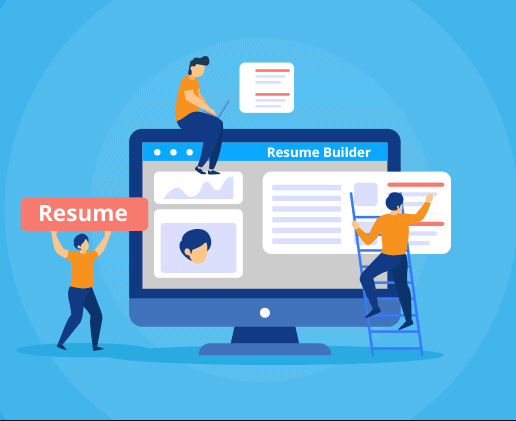
In the competitive landscape of job hunting, your resume is your ticket to landing that coveted interview. Beyond showcasing your skills and experience, the way your resume is formatted can make a significant difference in catching the eye of hiring managers and presenting yourself as a professional candidate. But fear not, crafting a well-formatted resume doesn’t have to be daunting. Follow these essential guidelines to master the art of resume formatting and make a lasting impression:
- Choose the Right Font and Size: When it comes to font selection, simplicity is key. Opt for professional and easy-to-read fonts such as Arial, Calibri, or Times New Roman. Stick to a font size between 10 and 12 points for the main body of your resume, ensuring that it’s legible without overwhelming the reader.
- Create Clear Sections: Organize your resume into clear and distinct sections to make it easy for recruiters to navigate. Common sections include:
- Contact Information: Include your name, phone number, email address, and LinkedIn profile (if applicable) at the top of your resume.
- Summary/Objective: Provide a brief overview of your skills, experience, and career goals.
- Work Experience: List your previous jobs in reverse chronological order, including the company name, job title, dates of employment, and key responsibilities or achievements.
- Education: Detail your educational background, including degrees earned, institutions attended, and any relevant certifications or honors.
- Skills: Highlight your key skills and competencies relevant to the job you’re applying for.
- Additional Sections: Depending on your background and experience, you may include additional sections such as volunteer work, professional affiliations, or language proficiency.
- Use Consistent Formatting: Maintain consistency in formatting throughout your resume to create a polished and professional appearance. Use the same font, size, and style for all text elements, including headings, subheadings, and bullet points. Align text to the left for easy readability, and use bold or italic formatting sparingly to emphasize important information.
- Prioritize Content Relevance: Tailor your resume to the specific job you’re applying for by highlighting relevant skills and experience. Place emphasis on accomplishments and achievements that demonstrate your qualifications for the role, rather than simply listing job duties. Use keywords and phrases from the job description to ensure your resume passes through applicant tracking systems (ATS) and reaches human eyes.
- Optimize White Space: Utilize white space strategically to improve the readability and visual appeal of your resume. Avoid overcrowding the page with text and leave sufficient margins (typically around 1 inch) on all sides. Use bullet points to break up dense blocks of text and draw attention to key points.
- Proofread and Review: Before submitting your resume, take the time to proofread carefully and review for any errors or inconsistencies. Spelling mistakes, grammatical errors, and formatting inconsistencies can detract from your professionalism and attention to detail. Consider asking a trusted friend, family member, or mentor to review your resume as well for a fresh perspective.
- Save in the Right Format: When saving your resume, choose a common file format such as Microsoft Word (.doc or .docx) or PDF to ensure compatibility and accessibility. Avoid using uncommon file formats or proprietary software that may pose challenges for recruiters or hiring managers when opening your resume.
- Check out our choices in jobs – HERE
By following these essential guidelines for resume formatting, you can present yourself as a polished and professional candidate who stands out from the competition. Remember, your resume is your first impression—make it count with clear, consistent, and compelling formatting that showcases your qualifications and sets you apart from the crowd.






